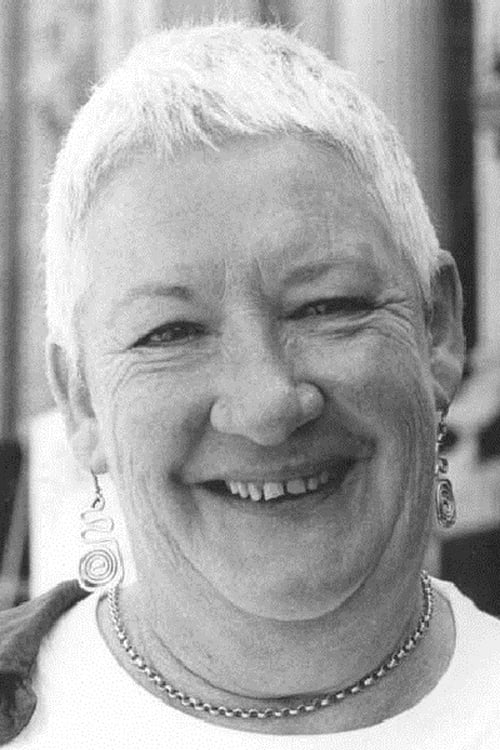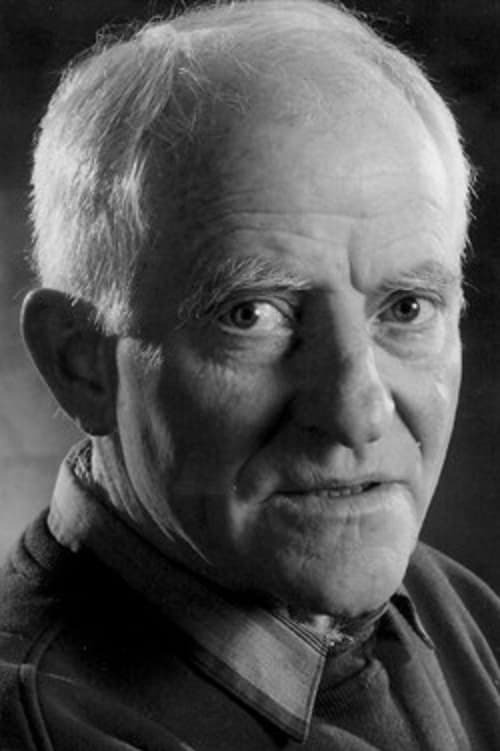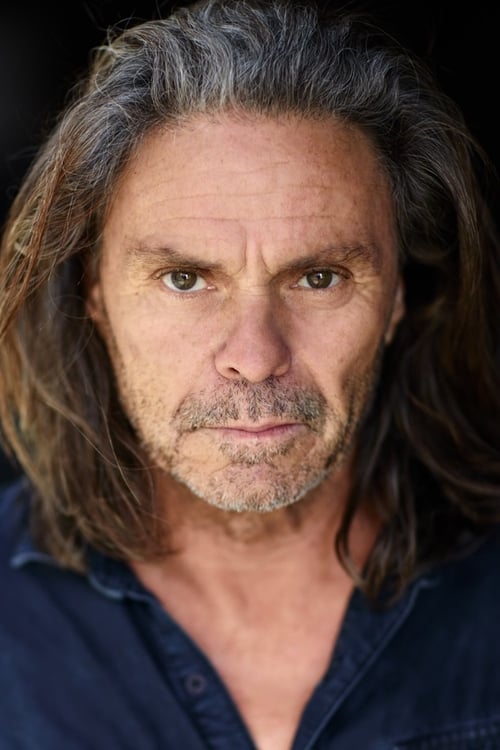Poor Man's Orange (1987)
The sequel to The Harp in the South.
Genre : Drama
Runtime : 3H 10M
Director : George Whaley
Synopsis
Like its predecessor The Harp In The South, Poor Man's Orange was also adapted for Australian television by the Ten Network in 1987. It continues the story of the Darcy family, living in the Surry Hills area of Sydney. Originally a novel by New Zealand-born Australian author Ruth Park, the book was published in 1949. The Darcys a poor, working class family of tough Irish stock - Mumma (Anne Phelan), dad Hughie (Martyn Sanderson), Roie (Anna Hruby) and the younger daughter Dolour (Kaarin Fairfax), through whose eyes we hear their story.
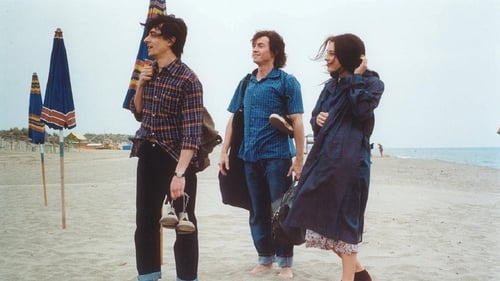
Spanning nearly four decades, this generational epic follows two Italian brothers from a middle-class family through some of the most significant events of postwar Italian history after their life paths diverge thanks to one fateful encounter during the summer of 1966.
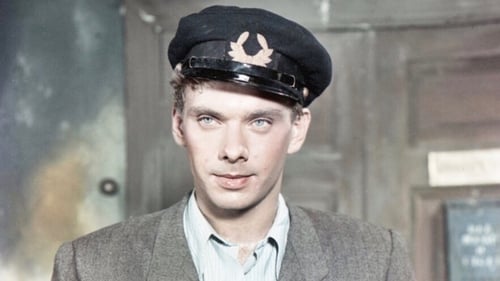
Drama based on the novel by Vsevolod Kochetov “The Zhurbin Family”. The characters of the picture are a large family of hereditary shipbuilders. Three generations of the Zhurbin live under one roof: grandfather Matvei, his son Ilya, three sons of Ilya — Aleksei, Anton and Viktor. In a short time, representatives of the fourth generation are born. The share of the youngest son of Aleksei fall the most severe life tests. The background for family conflicts is the reorganization of production. All Zhurbin's have to change their profession to move on.
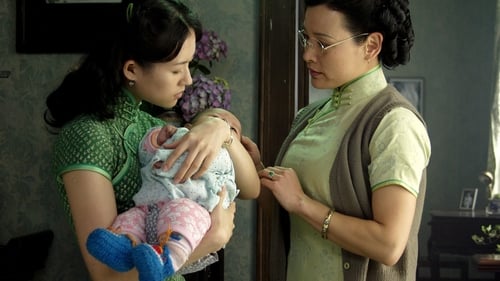
Zhang Ziyi plays the youngest of three generations of women who leads lives in Shanghai. Joan Chen plays the great-grandmother, grandmother, and mother. The film recounts this family, the mistakes they make, and a cycle that the granddaughter breaks out of.
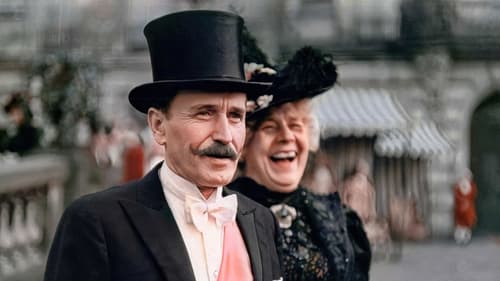
This Polish historical drama film traces the fascinating saga of a wealthy, princely Polish dynasty in years 1900-1935.
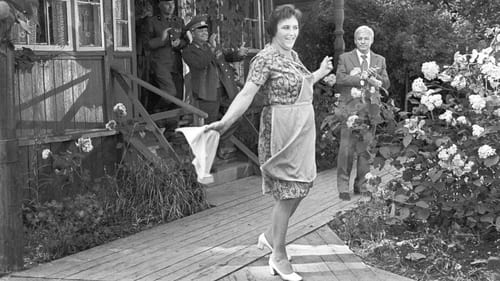
Aleksei comes to Chelyabinsk from Moscow — a young student who proclaims a free lifestyle, not constrained by everyday hard labor. Aleksei falls in love with a young singer Lyudmila, the daughter of hereditary workers. When a Moscow student enters the family of noble steelworkers — people who are proud of their working roots, his self-identity changes. From now on, to Aleksei idleness already seems shameful, and idleness is shameful. To be worthy of such highly respected people as the Ivanov family, Aleksei goes to work as a steelworker.

We first meet The Darcys, a poor, working class family of tough Irish stock through whose eyes we hear their story. A story that centres on the bittersweet first and last loves of Roie, who becomes a woman too quickly living among the tenement houses, razor gangs, brothels and sly-grog shops of inner city Sydney.

Action takes place in England during the 20 years between the two wars. The film explores the relationship in the once wealthy bourgeois family, whose members, in their own way, are experiencing the collapse of their plans and hopes.

Based on the novel by Vasiliy Shukshin "The Lyubavines". In the winter of 1922, the Rodionovs, Vasiliy Platonovich and his nephew Kuzma, came to the remote Siberian village of Baklan, disguised as teachers sent from the district center to organize and build a school. In fact, this is an old Bolshevik and a young worker, authorized by the GPU, and their main task is to find out the whereabouts of a large and very dangerous gang, led by a former Kolchak officer, who instills fear in local residents.

In the Siberian taiga village of Wolf's Burrows, the Strogov family lives — Matvey with his wife Anna and his parents. Through the fate of this peasant family, a picture of the life of the Siberian region during major historical events — the Russo-Japanese War, the 1905 Revolution, the October Revolution of 1917 and the Civil War is outlined.

